Direction, Cinematography, and Challenges of a Low-Budget Production
Technical Sheet:
Artist: Dizzon
Song: Diga Adeus
Director, Script and Editing: Renato Mori
Art Director: Fernanda Máximo
Behind the Scene: Douglas Macedo
Coreographer: Mirela Cirqueira
Camera: Z CAM E2
Lenses: Meike FF Prime
Lights: Pavotubes RGBW, Amaran 200x
Location: Buteco do Encontro
This project challenged me to create a high-quality music video with limited resources and a tight shooting schedule of just one day. As the director and cinematographer, I turned these constraints into creative opportunities, collaborating with Renato Mori (director and screenwriter) to build a compelling visual narrative that complements Dizzon's song, "Diga Adeus."
Abordagem Criativa e Técnica
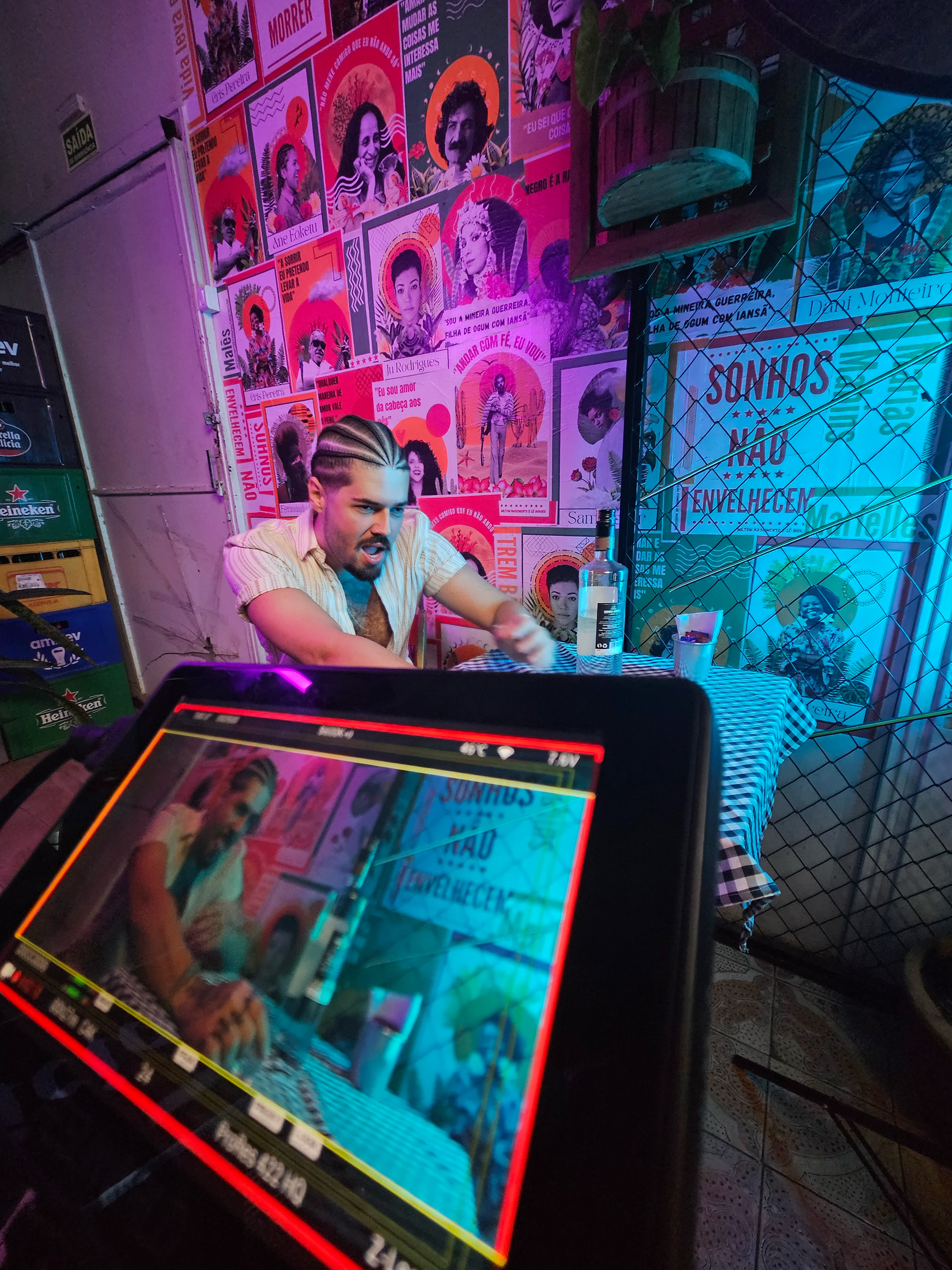
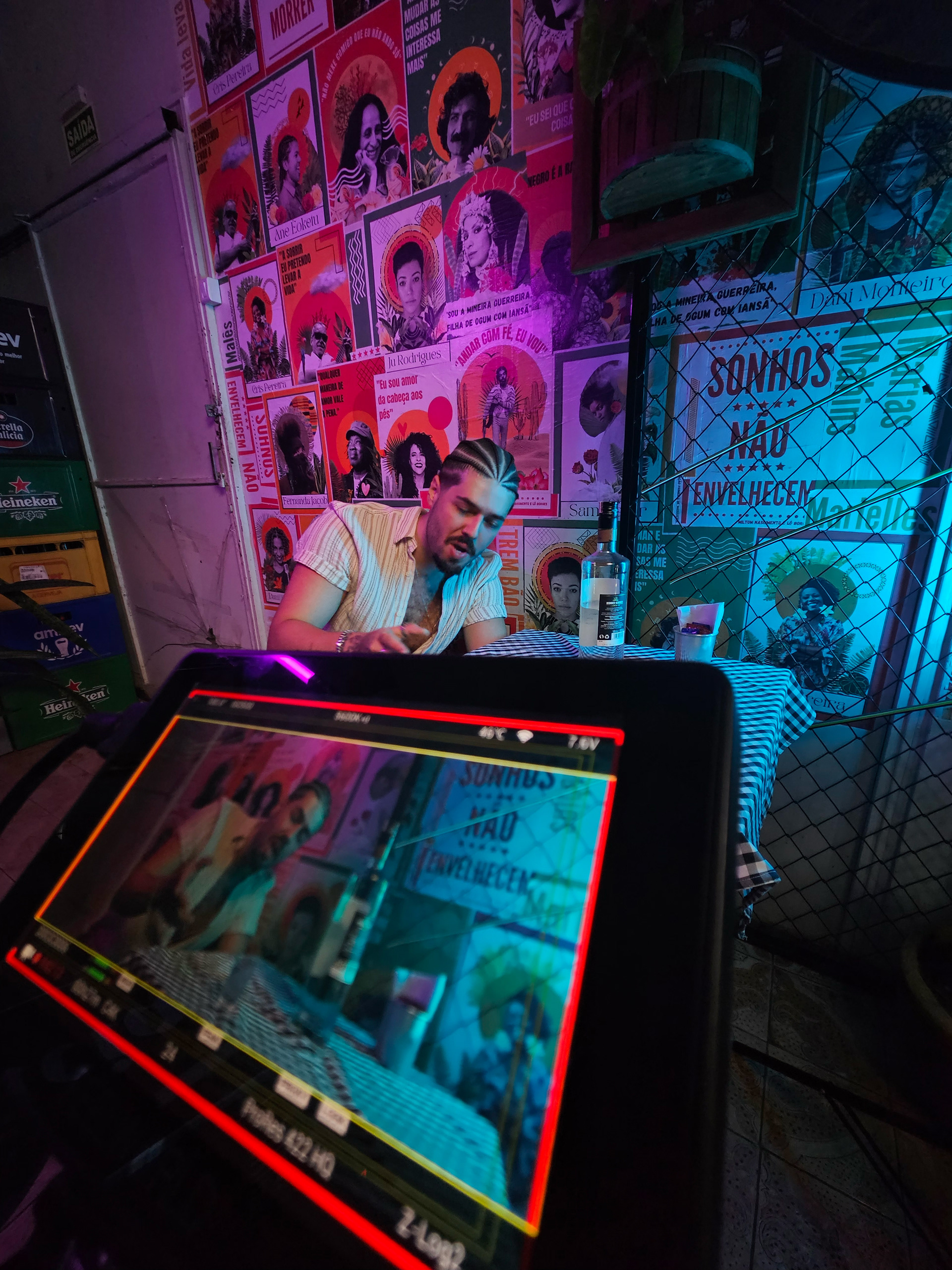
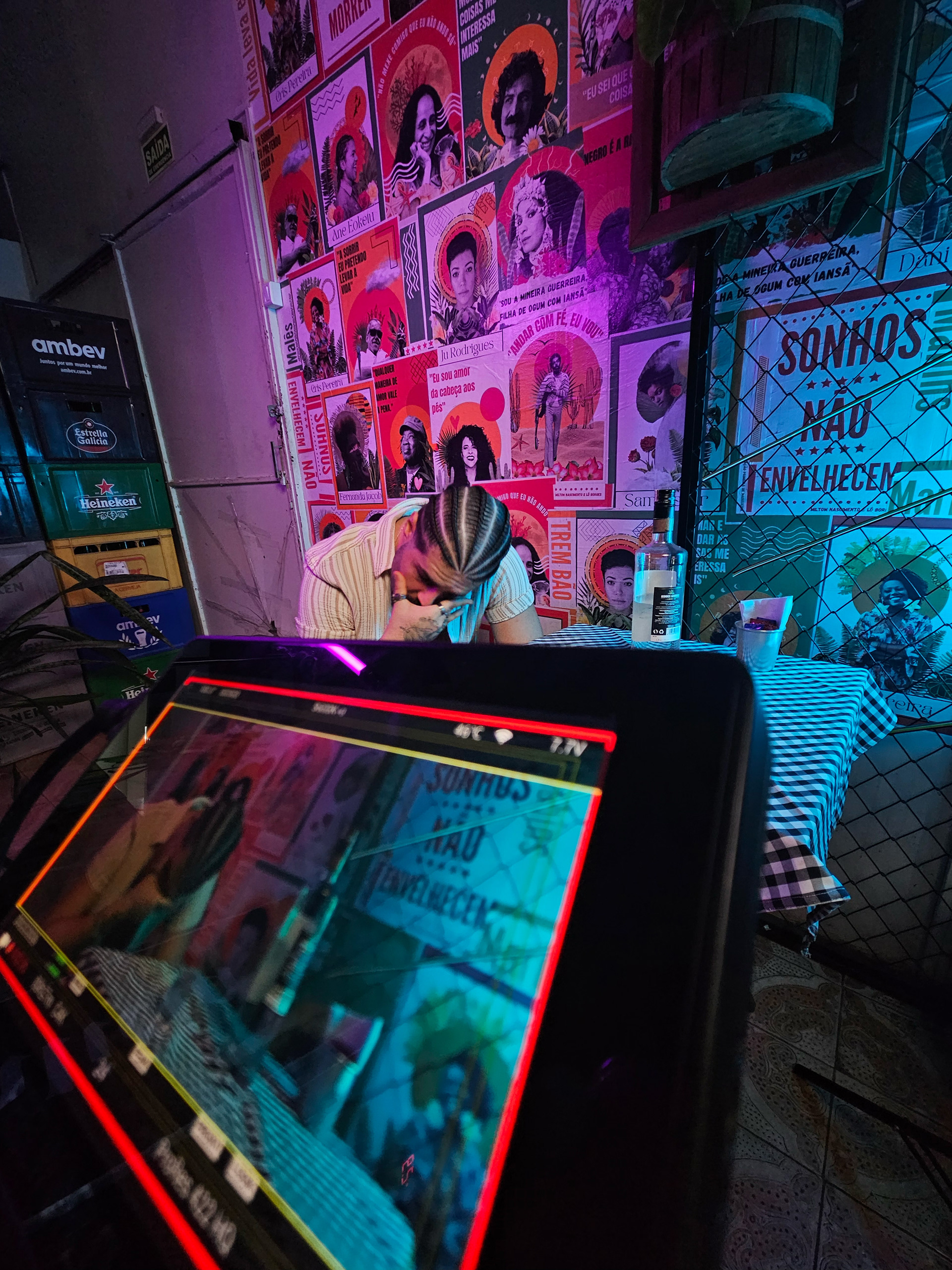
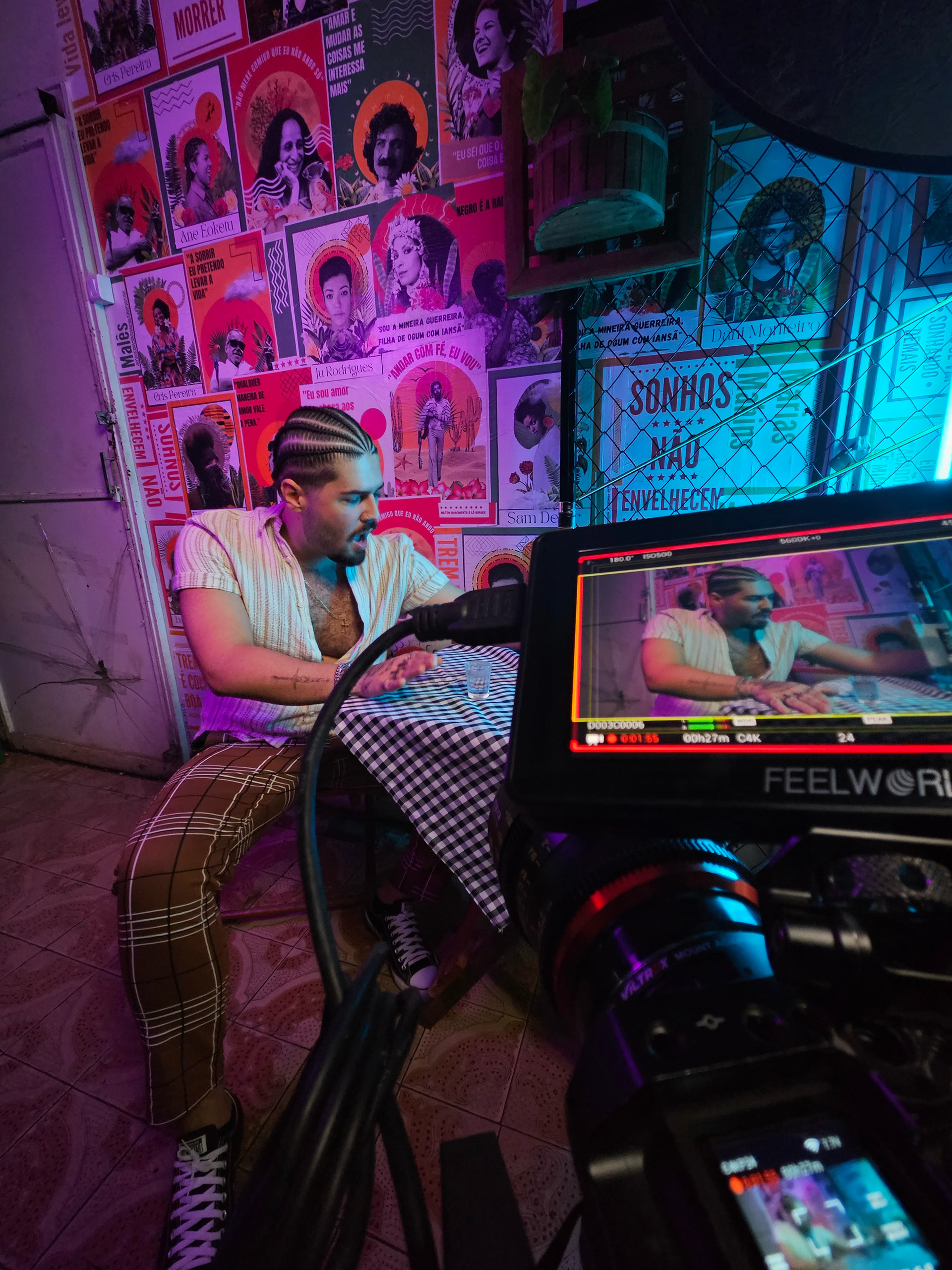
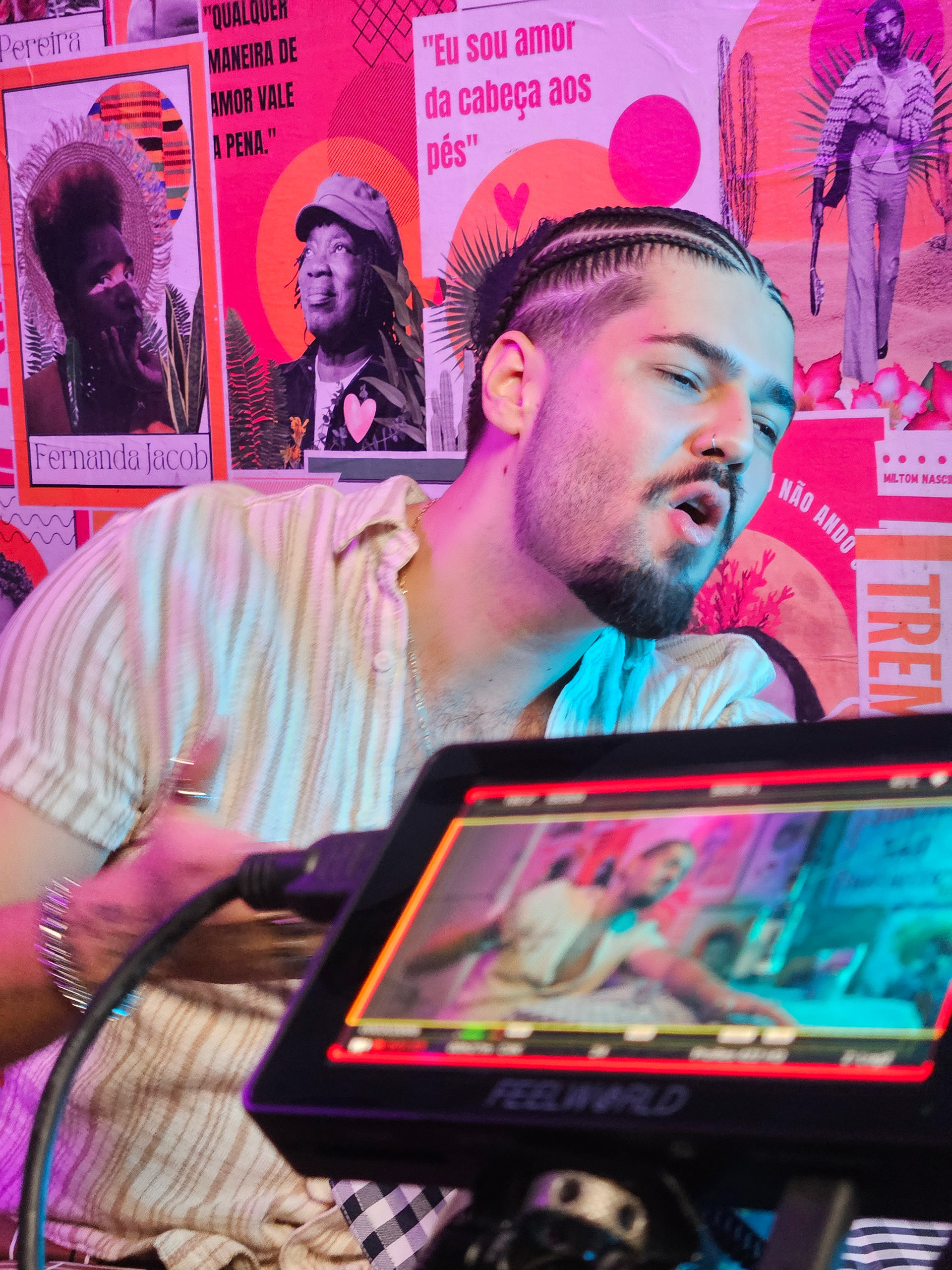
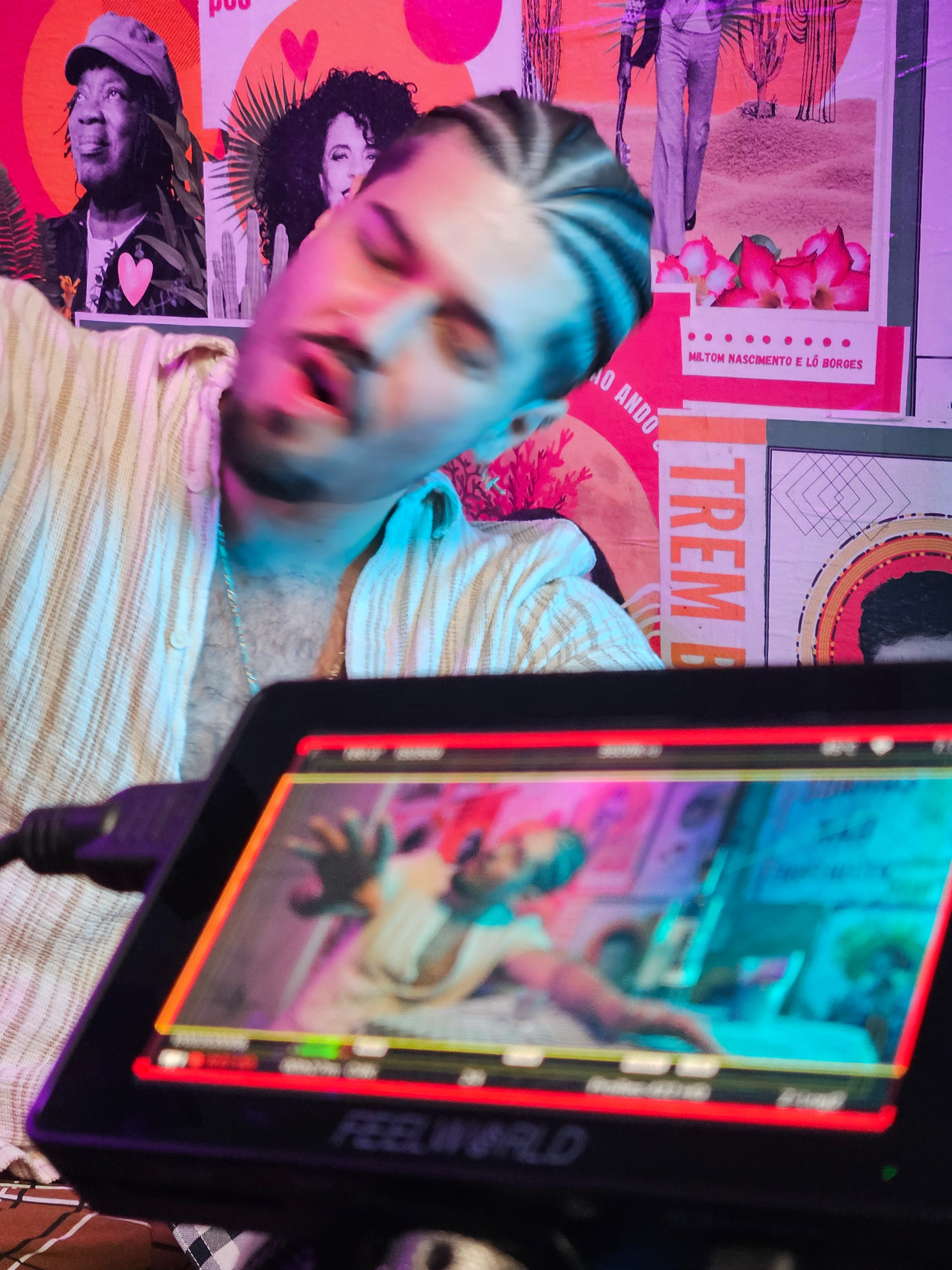
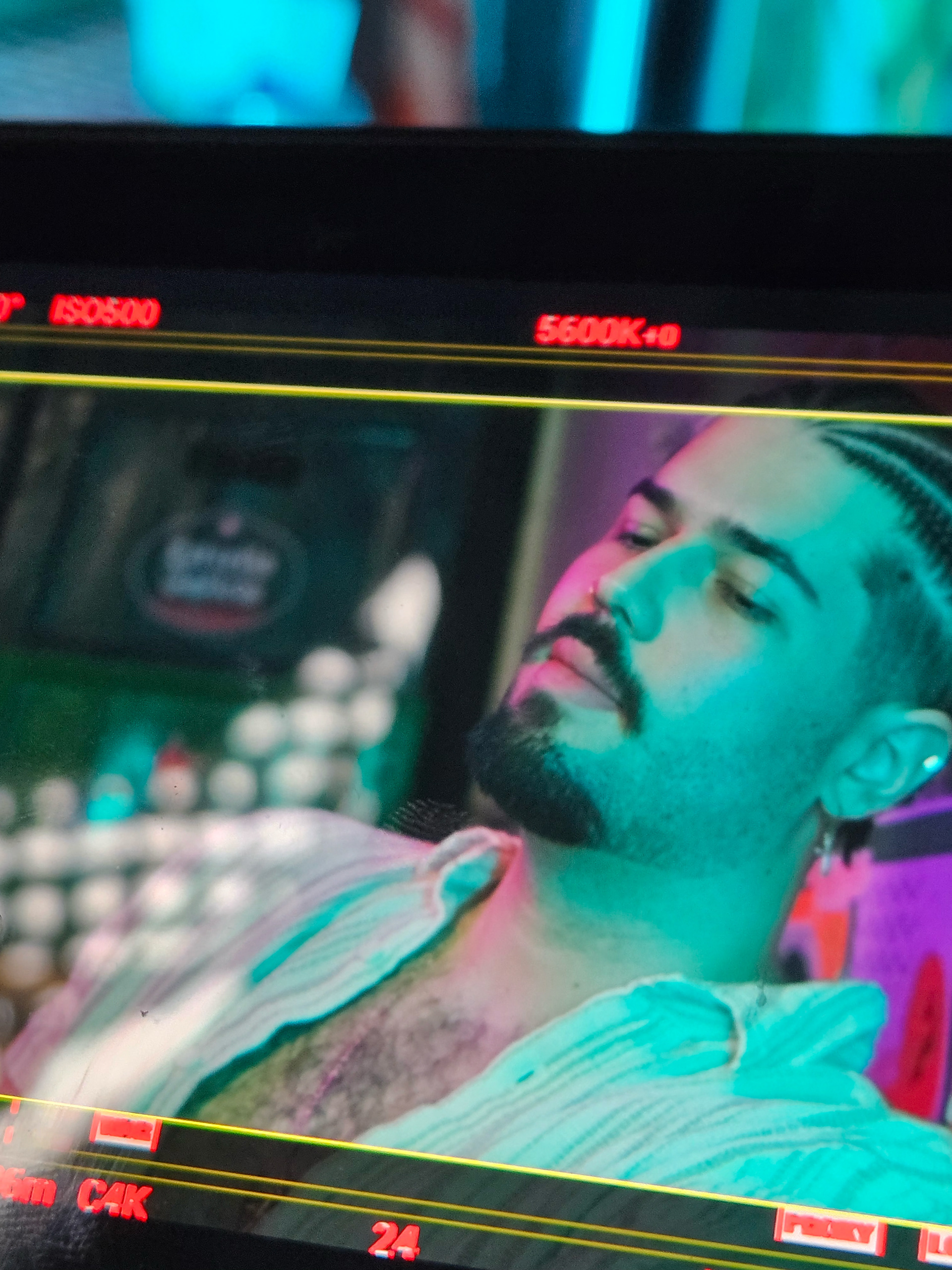
The visual narrative was built around the dynamic between Dizzon and Mirela, exploring the welcoming setting of Buteco do Encontro. Lighting, crucial for establishing mood and atmosphere, was carefully crafted using four Pavotubes RGBW, which provided versatility in creating various colors and environments. I also used an Amaran 200x as the key and rim light, highlighting the characters and adding depth to the frame.
The vibrant color palette, featuring magenta and cyan, echoes the narrative’s emotional ambiguity. This chromatic duality becomes even more prominent in the scene where Dizzon, immersed in his inner conflicts, finds solace at the bar table, accompanied only by a bottle of cachaça. The deliberate choice of these colors at this pivotal moment reinforces the complexity of his emotions, expressed both through the music and the visual atmosphere of the scene.
I chose the Z CAM E2, a compact and affordable camera that still delivers cinematic imagery in ProRes 422, making it ideal for this project. The Meike FF Prime lenses, with their sharpness and pleasing bokeh, perfectly complemented the camera, ensuring a professional and visually appealing look.
Strategic Partnerships
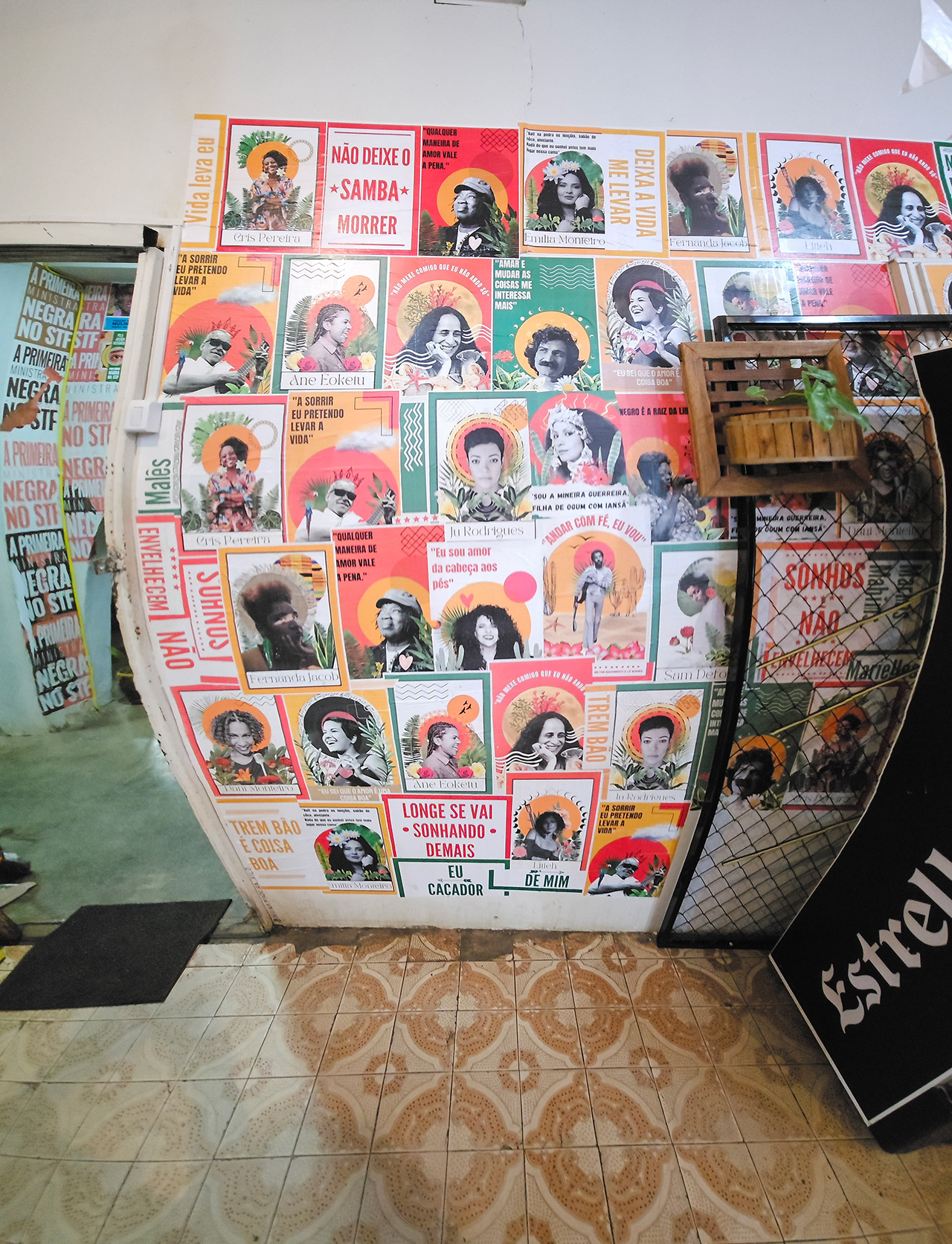
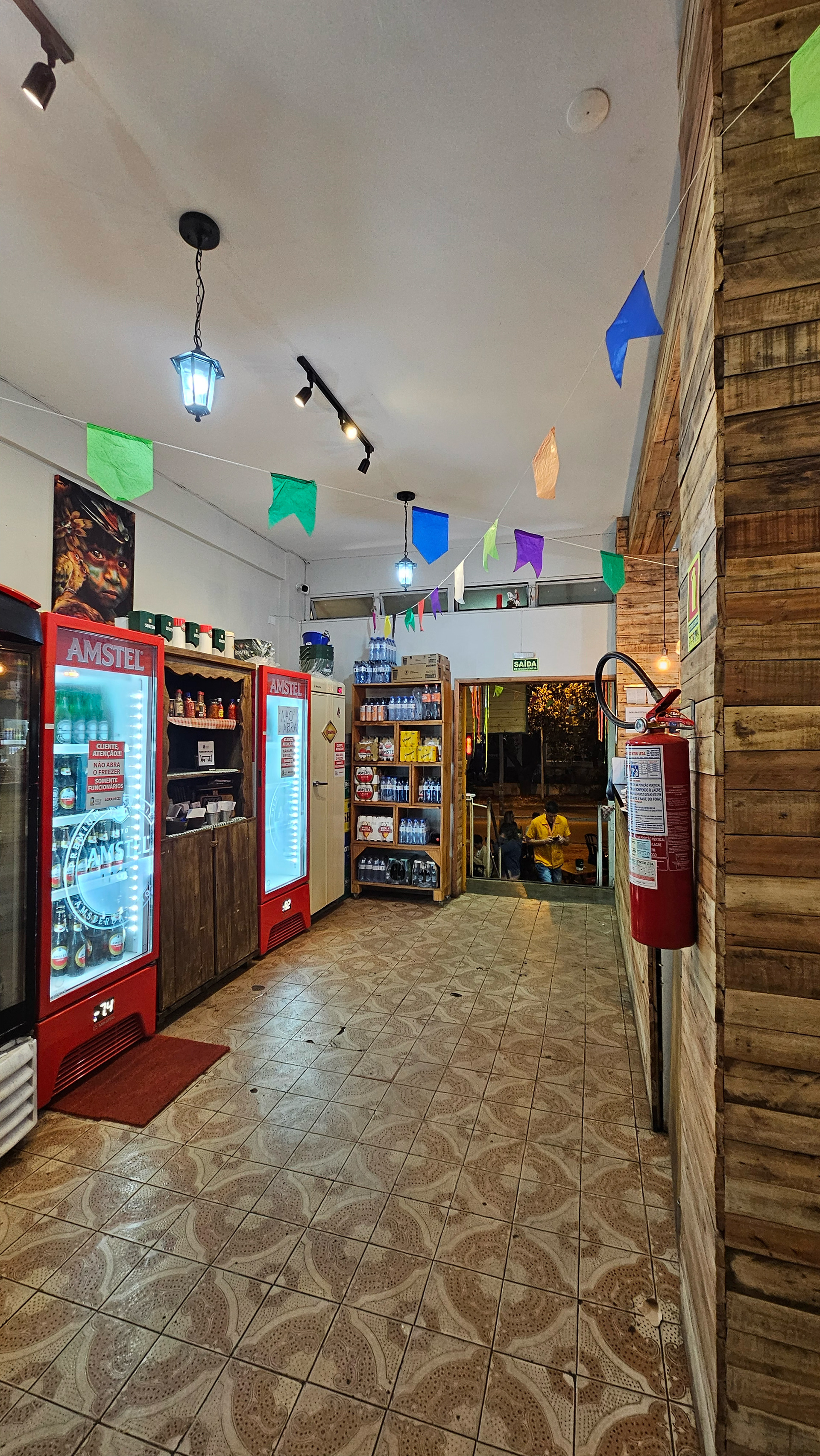
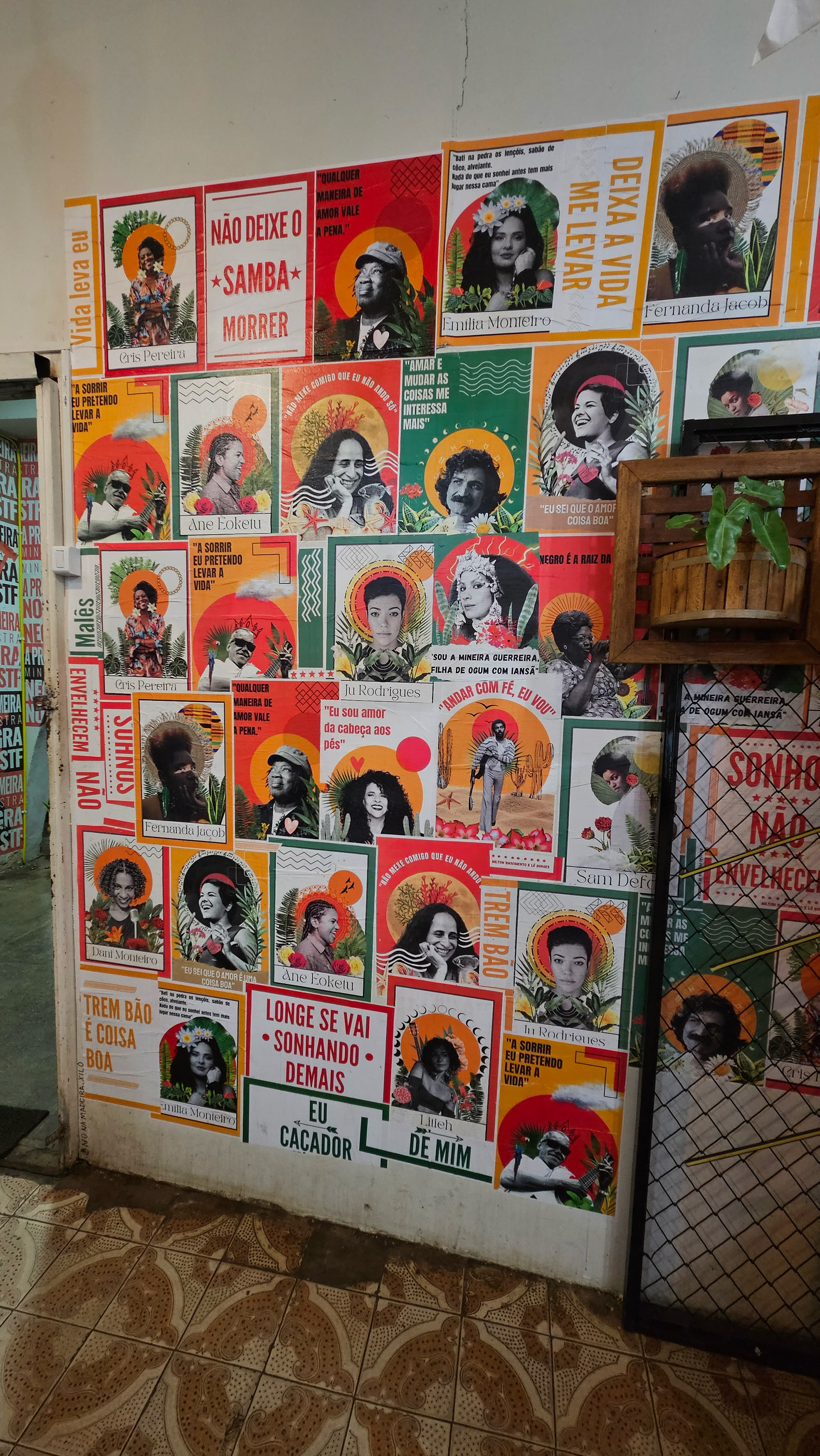

The partnership with GoodLoc Filmes provided access to essential equipment, such as the Meike lenses and the Amaran 200x, in exchange for content production about the project—demonstrating a strategic approach to resource optimization. Buteco do Encontro, as the filming location, offered the ideal setting for the narrative and provided full support to the crew.
Fernanda Máximo’s art direction and Douglas Macedo’s behind-the-scenes coverage were crucial in ensuring visual cohesion and documenting the production’s backstage moments.
Post-Production



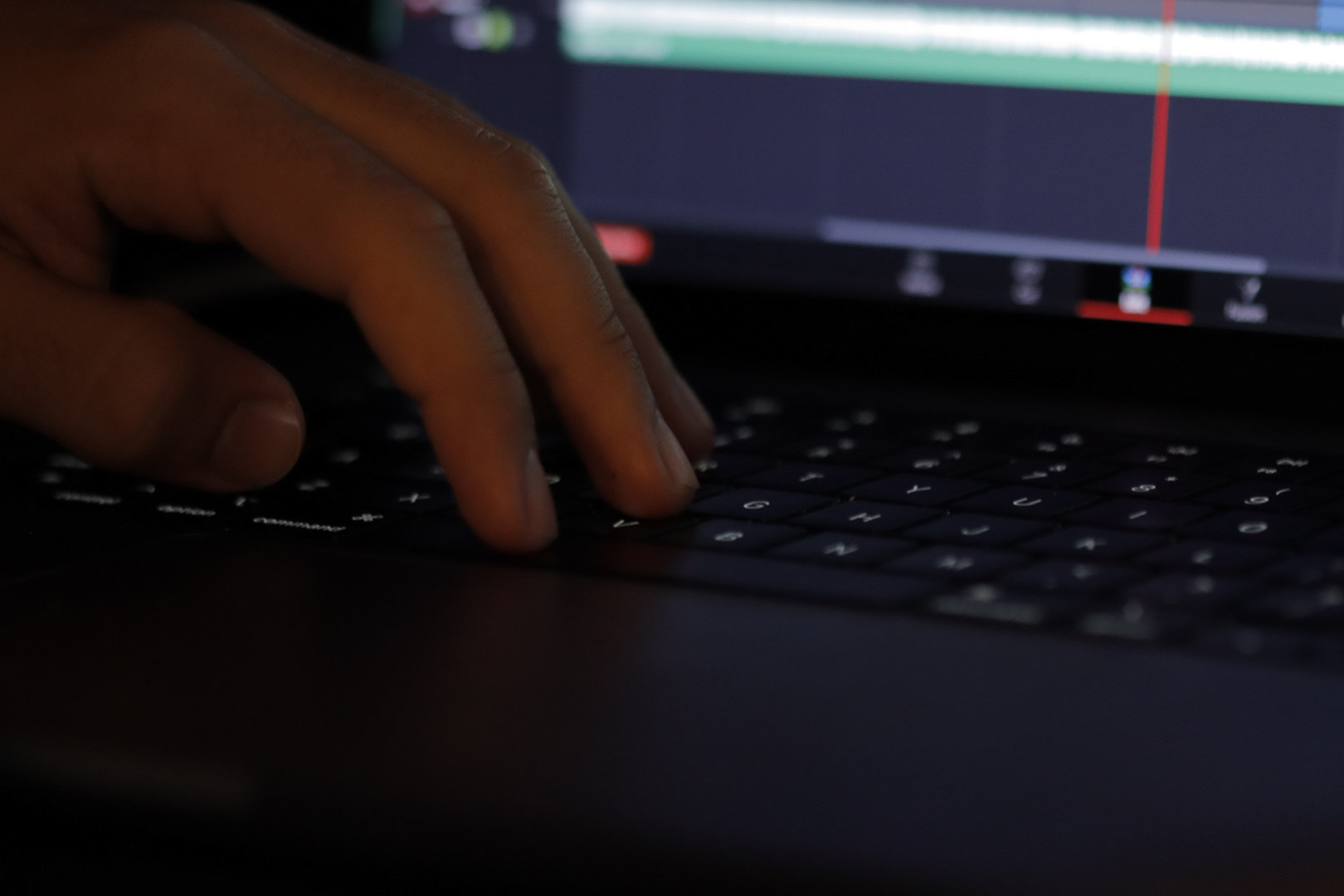

The editing and post-production were handled by the talented Renato Mori, who not only co-directed and co-wrote with me but also served as the architect of the intricate narrative that unfolds in "Diga Adeus." Working with Renato was an enriching experience. He has a unique sensitivity to the rhythm and flow of images, translating the emotional complexity of the music into a striking visual choreography.
Our editing approach was inspired by Sergei Eisenstein's montage theories, particularly the concept of "intellectual montage." We aimed to create juxtapositions of images that not only told the story but also provoked reflections and emotions in the viewer.
An example of this is the scene where Dizzon sits at the bar, immersed in his thoughts. We intercut close-ups of his face with flashes of the performance on stage, creating a dialogue between his inner world and the external reality. This technique, reminiscent of Griffith's "parallel editing," intensifies the sense of conflict and duality that permeates the narrative.
Another technique we explored was "rhythmic editing," aligning the cuts with the beats of the music. This approach, echoing Walter Murch's ideas on "emotional continuity," creates an immersive sensory experience, allowing the viewer to feel the pulse of the music in each cut.
It’s gratifying to see how theory and practice merge in the creation of a music video. I am grateful to Renato Mori for his partnership and for challenging me to explore new ways of storytelling through audiovisual language.
My Choice for Low-Budget Productions
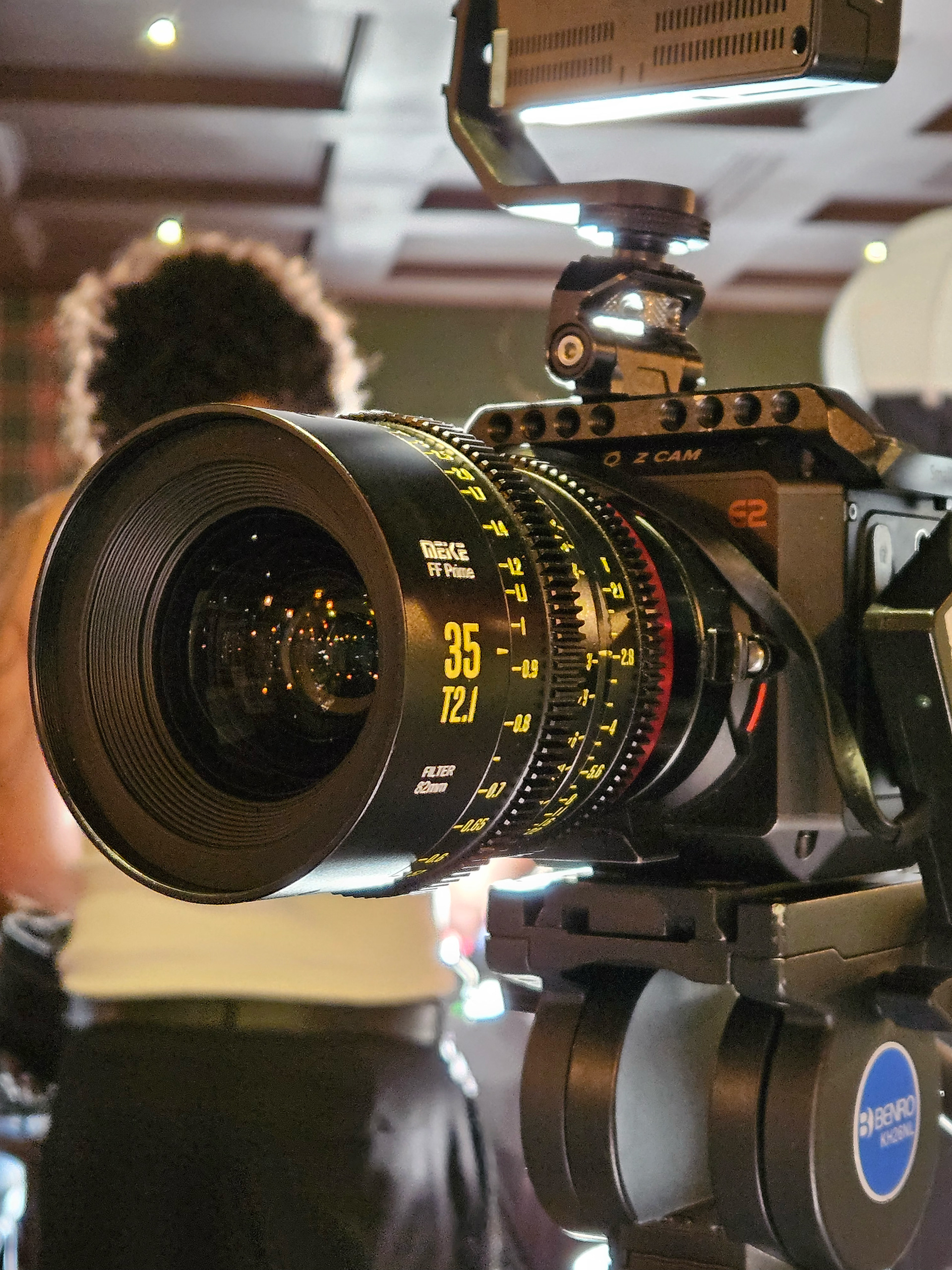
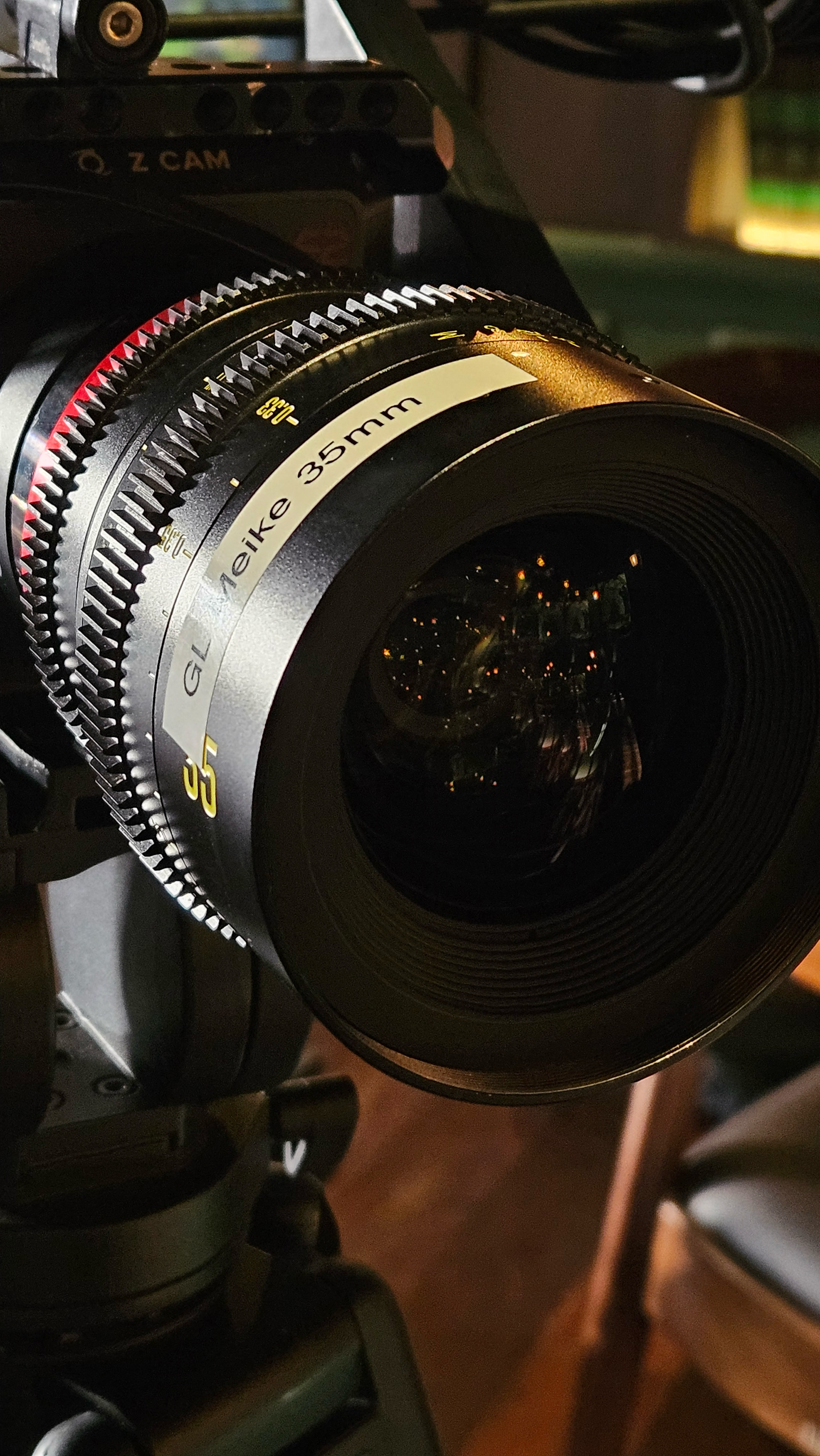

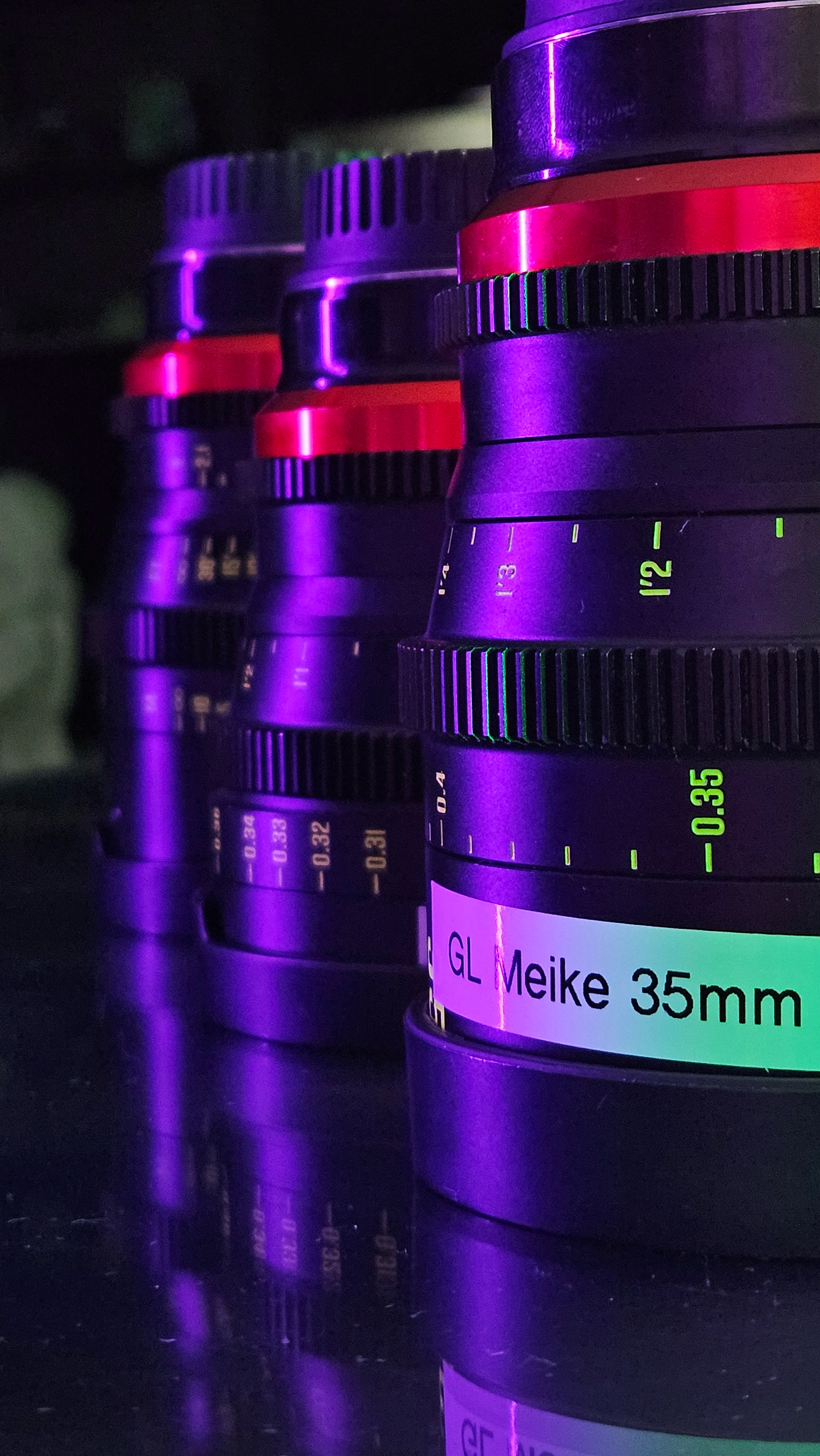
In a landscape where creativity must overcome budget constraints, Meike lenses have become my trusted allies. They offer an unbeatable combination of optical quality, robust construction, and cinematic features, all at an affordable price that allows independent productions to achieve a professional look without compromising on quality.
Why Meike?
The primary advantage of Meike lenses lies in their exceptional cost-effectiveness. As an independent filmmaker, I find that they provide access to high-quality equipment without requiring a substantial financial investment. This aspect is particularly important in the Brazilian audiovisual market, which often operates with limited budgets. Many independent filmmakers face the challenge of delivering professional-quality content without the luxury of large financial backing.
Moreover, the robust construction of Meike lenses ensures durability and reliability, making them ideal for constant use on film sets. This durability is crucial for those of us who need equipment that can withstand the rigors of shooting in various environments. The combination of quality and affordability allows filmmakers like myself to elevate our productions without compromising on visual excellence.
In this context, choosing Meike was a strategic decision that aligns perfectly with the realities of low-budget filmmaking in Brazil. Their lenses empower independent creators to achieve a polished, professional look, enabling us to tell our stories effectively, even within the constraints of our budget.
Meike FF Prime: The Key to Achieving a Cinematic Look
When it comes to achieving a cinematic look in my productions, Meike FF Prime lenses stand out. Their full-frame coverage provides me with greater flexibility in composition and allows me to use full-frame cameras without worrying about loss of quality or vignetting.
The fast aperture (T2.1 or T2.5) is another strong point of these lenses. It gives me more control over depth of field and light entry, enabling the creation of images with beautiful bokeh and filming in low-light conditions—essential in resource-limited sets.
Additionally, the "cine" design of Meike FF Prime lenses features geared focus and iris rings, clear and precise focus and aperture scales, and an 11-blade diaphragm, which ensures smooth and rounded bokeh—attributes that contribute to a professional, cinematic look in my productions.
The color and focus consistency across the entire set of Meike FF Prime lenses is also a significant advantage. This greatly simplifies my work in post-production, streamlining editing and color correction.
Amaran 200x
In a context where creativity must overcome budget constraints, selecting the right lighting is essential. For the project "Diga Adeus" by the artist Dizzon, I chose to use the Amaran 200x. This lighting fixture proved to be a powerful tool, enabling us to achieve a professional look while staying within our budget. Its versatility and quality allowed us to create the desired atmosphere for the music video without sacrificing visual integrity.
Why the Amaran 200x?
Lighting is one of the pillars of cinematography, and the Amaran 200x has become my ally in creating the desired atmosphere for the music video. Its power and versatility allowed me to illuminate the set with precision, even in a challenging environment like Buteco do Encontro.
The ability to adjust the color temperature between 2700K and 6500K gave me complete control over the mood of each scene, ranging from warmer, cozier moments to cooler, more dramatic ones. This flexibility is essential in low-budget productions, where the versatility of equipment can make all the difference.
Additionally, the portability of the Amaran 200x was crucial for the efficiency of the shoot. With its compact design and battery power option, I was able to move it easily around the set, adapting the lighting to the needs of each take without wasting time on complex setups.
Amaran 200x vs. Traditional Lighting:
In comparison to traditional lights, the Amaran 200x offers several advantages that make it ideal for low-budget productions, especially in the context of the Brazilian audiovisual market, where large budgets are not the norm.
Power and Control: Despite its compact size, the Amaran 200x delivers impressive light output, equivalent to a 1000W tungsten fresnel. This power, combined with precise control over color temperature and intensity, allows filmmakers to create a wide range of lighting effects, enhancing the visual storytelling without requiring expensive setups.
Energy Efficiency: The LED technology of the Amaran 200x consumes significantly less energy than traditional lights. This translates to cost savings, which is crucial for filmmakers working with tight budgets. Moreover, the reduced energy consumption has a lower environmental impact, aligning with growing concerns about sustainability in film production.
Portability: Its lightweight and compact design make the Amaran 200x easy to transport and set up anywhere, making it ideal for outdoor shoots or in confined spaces. This portability is essential for independent filmmakers who often work in diverse locations, where traditional lighting setups might be impractical.
Durability: The robust construction of the Amaran 200x ensures its longevity, even under intense usage conditions. This durability is critical for productions that need to optimize their resources, as it reduces the need for frequent replacements or repairs, ultimately saving time and money.
Given these benefits, the Amaran 200x stands out as a strategic choice for filmmakers in Brazil. It allows for professional-quality lighting without the hefty price tag, enabling independent creators to tell their stories effectively while navigating the constraints of a limited budget. By choosing high-quality, cost-effective equipment like the Amaran 200x, filmmakers can elevate their productions and compete in a challenging market.
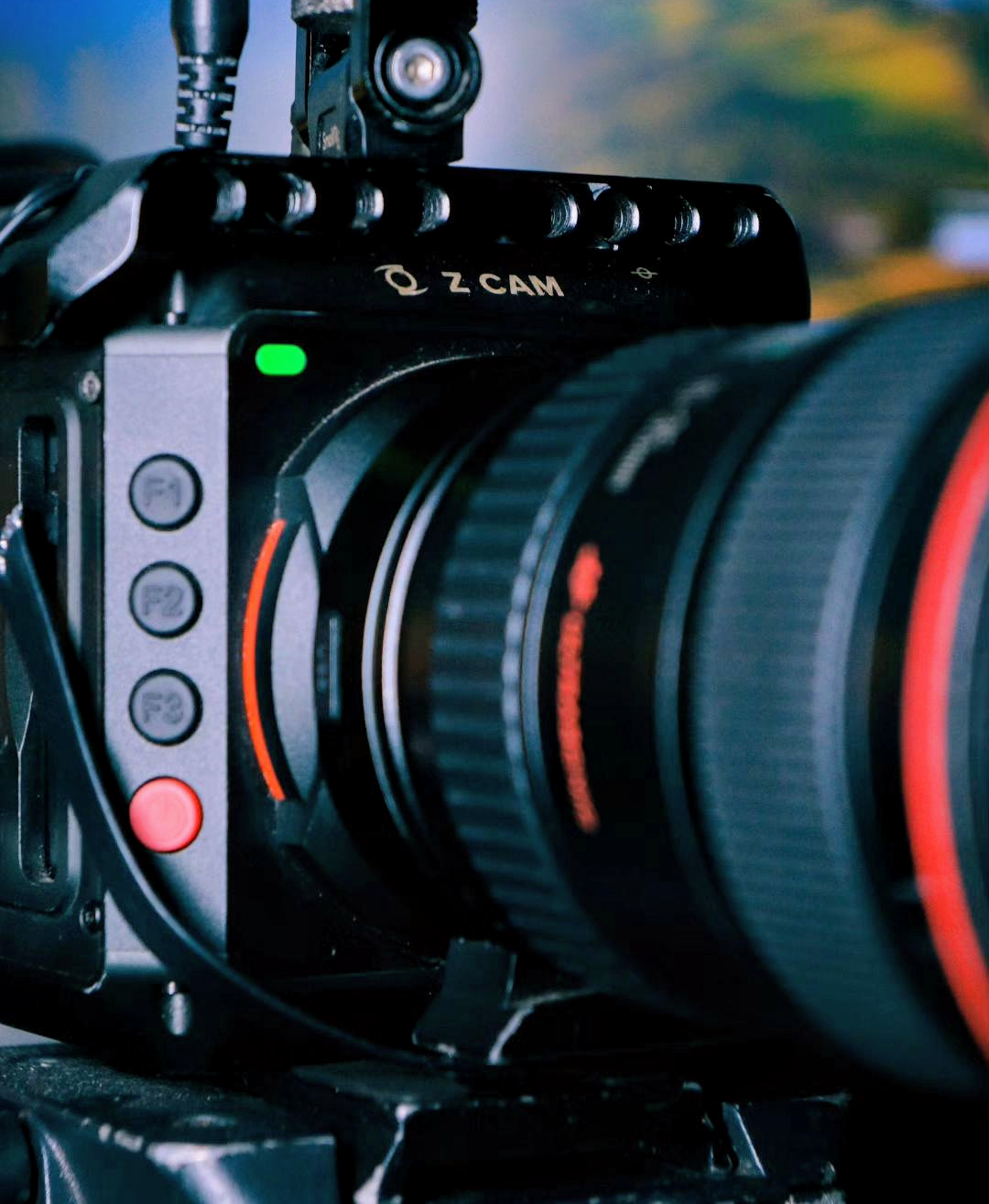
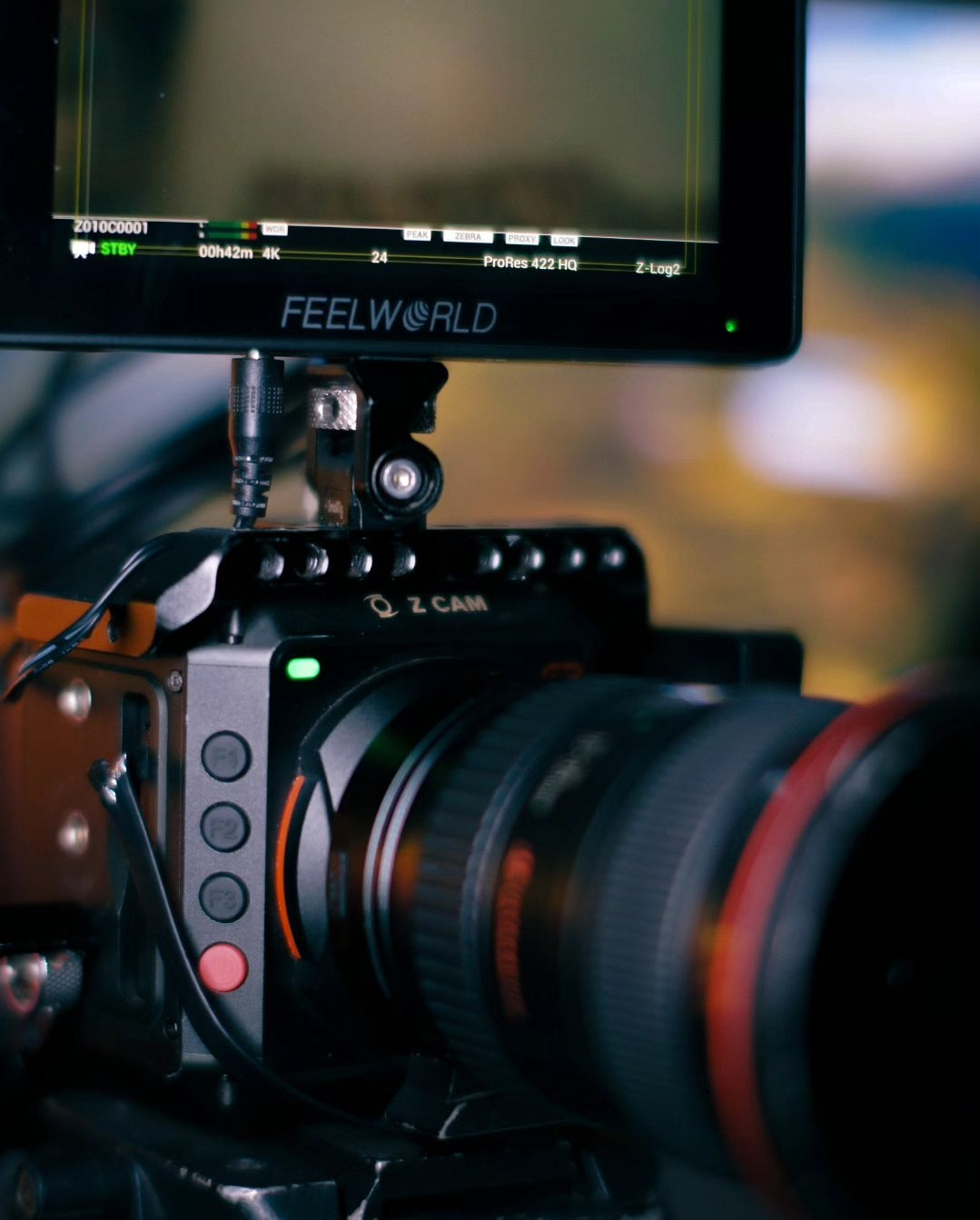
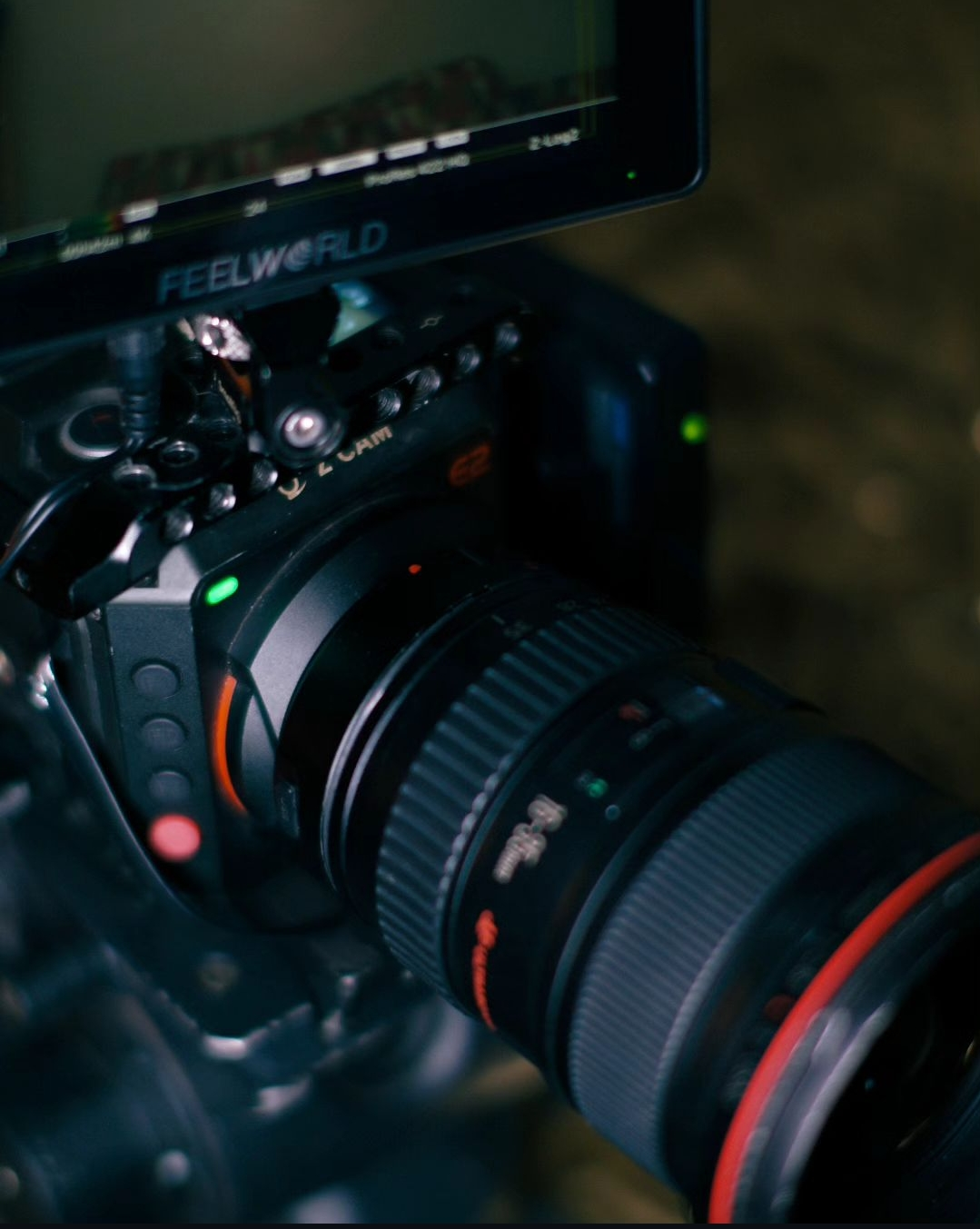
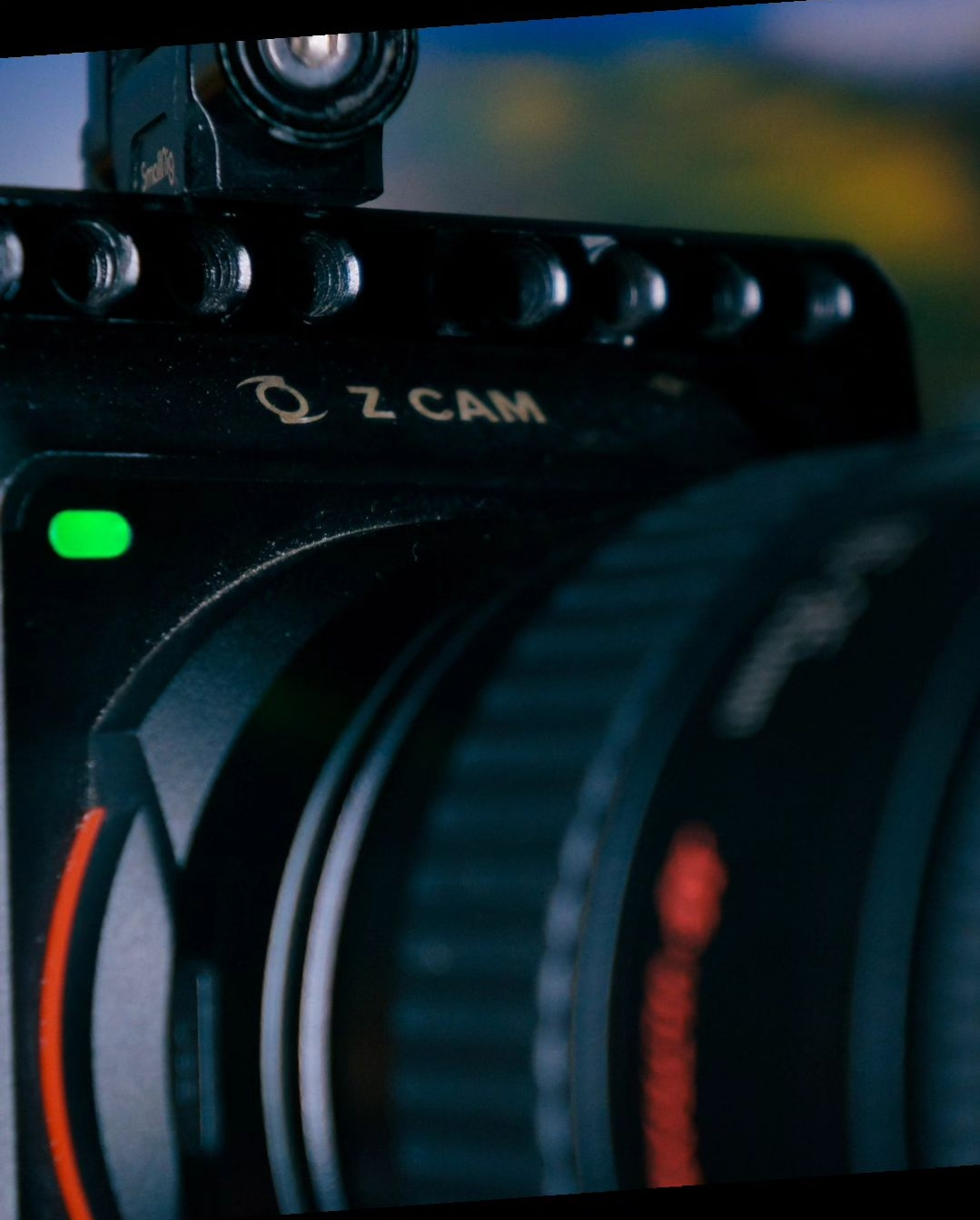
When I faced the challenge of producing the music video "Diga Adeus" on a limited budget and tight schedule, I knew I needed a camera that could deliver cinematic quality without sacrificing the agility and flexibility of the production. The Z CAM E2 became my ideal partner on this journey, proving that it is possible to achieve professional results even with constrained resources.
Creative Freedom with the Z CAM E2:
The Z CAM E2 won me over from the start with its ability to capture high-quality 4K images, featuring 10 bits of color depth and 13 stops of dynamic range. This combination allowed me to explore the visual narrative of "Diga Adeus" with confidence, knowing that I could extract maximum detail and nuance from each scene, even in challenging lighting conditions.
The camera's versatility was also crucial for the production. With the Z CAM E2, I was able to transition between different filming styles, from more intimate and dramatic shots to dynamic, choreographed scenes, all without compromising image quality.
Efficiency and Practicality in Independent Productions:
The ease of use of the Z CAM E2 was another decisive factor in my choice. With intuitive controls and an easy-to-navigate menu, I could focus on creativity and direction without worrying about complex settings or long setup times. This agility was crucial in optimizing recording time and ensuring that each moment was captured accurately.
The camera's compatibility with a wide variety of lenses and accessories gave me the freedom to create the visual I envisioned for the music video.